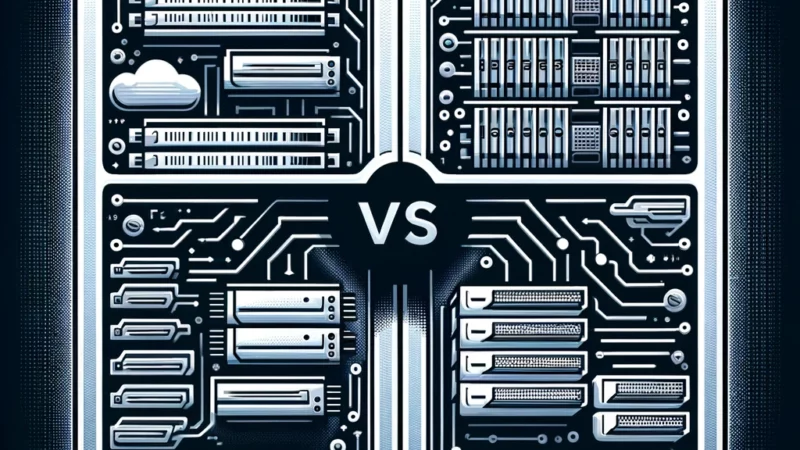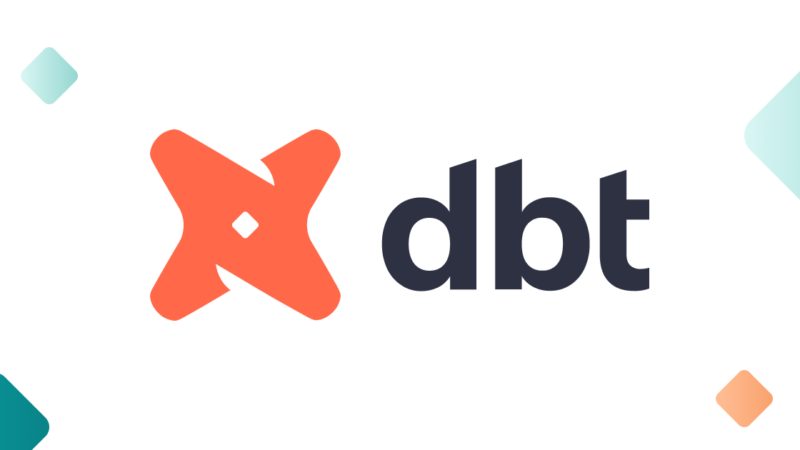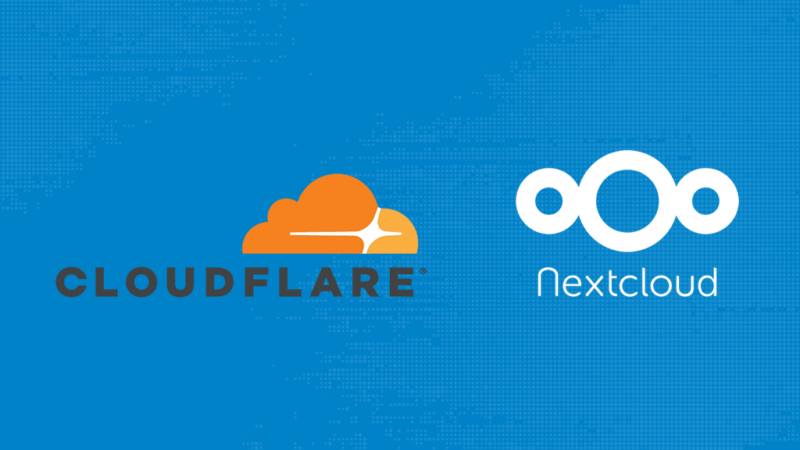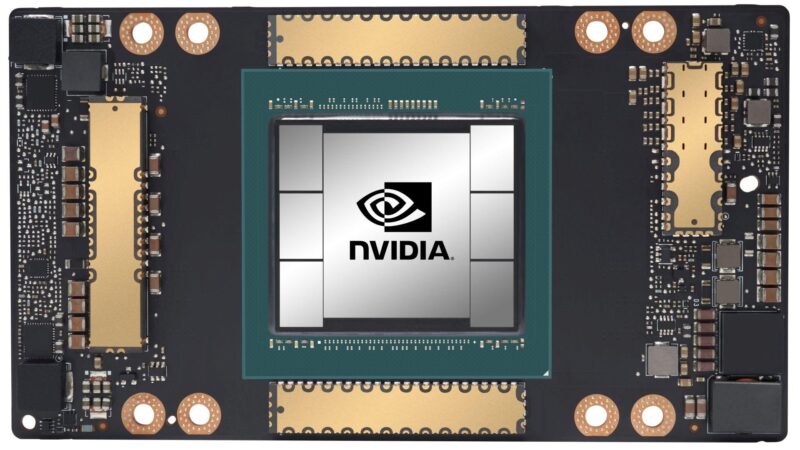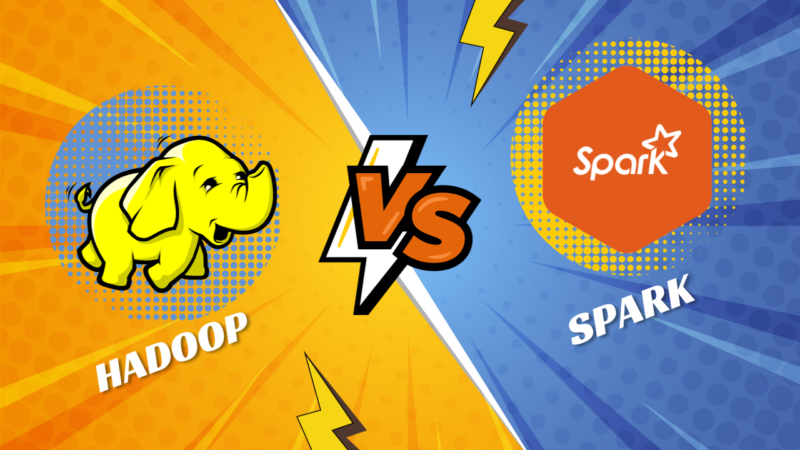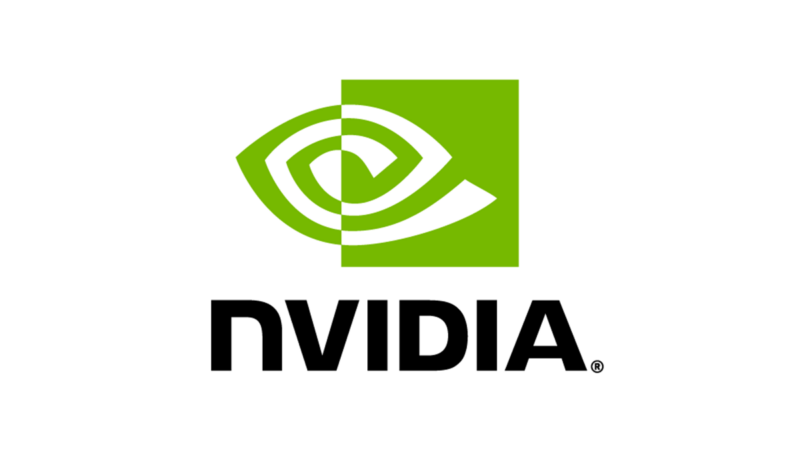Evaluating iSCSI vs NFS for Proxmox Storage: A Comparative Analysis
In the realm of Proxmox virtualization, the choice between iSCSI and NFS storage protocols is crucial. iSCSI offers the speed and efficiency of block-level storage, ideal for high-performance needs, yet demands meticulous setup and network tuning. NFS, with its straightforward setup and file-level simplicity, excels in ease of use and flexibility, perfect for environments requiring shared file access. Balancing these factors—performance, scalability, management ease, and security—guides IT professionals in making an informed decision that best fits their virtual infrastructure’s unique demands.
How to Resolve Proxmox VE Cluster Issues by Temporarily Stopping Cluster Services
Navigating the complexities of Proxmox VE cluster management? Discover a reliable method for safely implementing configuration changes by temporarily halting cluster services. This guide offers a step-by-step approach, detailing how to stop the pve-cluster and corosync services and utilize the Proxmox configuration filesystem daemon in local mode. Ideal for administrators seeking controlled updates in their Proxmox environments, this strategy ensures modifications are made safely, without disrupting cluster synchronization.
AWS – Key Differences Between Network Access Control Lists (NACLs) and Security Groups
Navigating the complexities of cloud security requires a deep understanding of the tools at your disposal. Two fundamental components—Network Access Control Lists (NACLs) and Security Groups—serve as the cornerstone of network security in cloud environments. While both are instrumental in safeguarding your resources, they differ significantly in their operation and application. NACLs provide a layer of defense at the subnet level, controlling traffic based on a set of ordered rules. Security Groups, conversely, offer a more granular level of protection, applying to individual instances with a stateful approach to traffic filtering. This article elucidates the key differences between NACLs and Security Groups, shedding light on their unique roles and how they complement each other in fortifying your cloud infrastructure.
Unlocking Data Transformation with DBT: A Comprehensive Guide
Explore the transformative power of DBT (Data Build Tool) in the modern data landscape. This comprehensive guide delves into how DBT revolutionizes data transformation, making it an essential tool for data analysts and engineers. Discover its key features, including version control, testing, and documentation, and learn how its implementation can streamline data workflows across various industries. Join the DBT revolution and step into a future where data transformation catalyzes growth and innovation.
Setting Up Nextcloud with Cloudflare Tunnel: A Guide
Looking to access your private Nextcloud setup outside of your local network? Let’s discover how to securely do this using the Cloudflare Tunnel. If you’ve got any concerns, remember, our Cloudflare Specialists are always available to assist. Understanding the Nextcloud Cloudflare Tunnel Personal Nextcloud setups on home servers have risen in popularity in our digital […]
Comparing the Performance and Cost of A100, V100, T4 GPUs, and TPU in Google Colab
Graphics Processing Units (GPUs) have revolutionized the world of computing, especially in areas that require high computational power such as deep learning, data analytics, and graphics rendering. With the rise of cloud platforms like Google Colab, users now have access to powerful GPUs and TPUs (Tensor Processing Units) for their computational tasks. In this article, […]
Spark vs. Hadoop
Hadoop and Spark, both developed by the Apache Software Foundation, are widely used open-source frameworks for big data architectures. We are right at the heart of the Big Data phenomenon, and companies can no longer ignore the impact of data on their decision-making. As a reminder, data considered as Big Data meets three criteria: velocity, […]
Nvidia Driver installation for machine learning on Debian
Introduction Nvidia drivers are essential for running machine learning applications on Debian. Installing the latest Nvidia drivers on Debian can be a tricky process, but with the right steps, it can be done quickly and easily. This guide will provide a step-by-step process for installing the latest Nvidia drivers on Debian. Step 1: Download the […]



